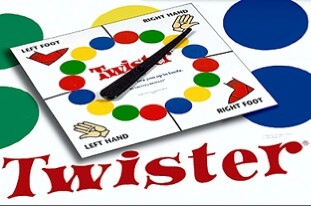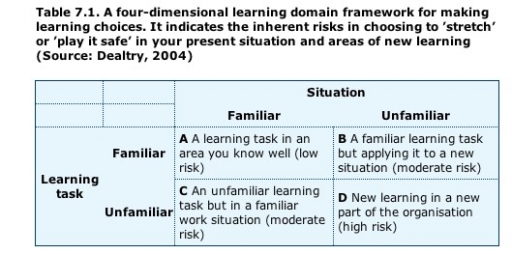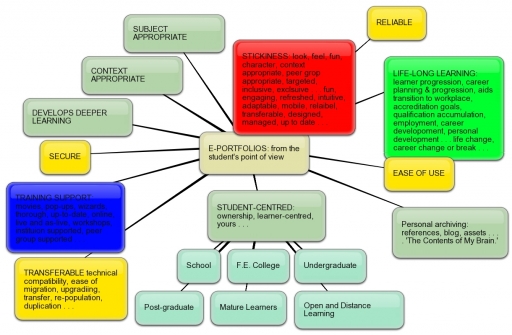I read the instructions and tips from our tutor on Core Activity 2.3 H808 - on Reflection and blogging and it had might as well have been an address from the form teacher to a class.
This boy is at the back of the room doing an observational sketch; every so often I jot down the teacher's words. On getting home I look at my home work. There is one word 'reflect.' I look in the mirror. I look at the guy staring back, figure out that this isn't a piece of art home-work so write something.
Thirty years on and initially I only saw the word 'reflection.'
I skim read, a block of text in one eyeful. I come away with impressions. I make assumptions. I am not good with clear instructions. I probably expect to have the school or university Sergeant Major forever on my back - indeed when I had an agent or a sales director exploiting what I could do this was the only way to extract something from my head that could be sold. I'm fine with clients too: succinct brief; tight schedule ... payment.
On reflection, therefore, I function better as a team of two or three.
Slowing down, writing it out, breaking it into its component parts I see that the request is multi-layered, that the end result will need to be composed within certain parameters: Moon and Creme, reflection in the specific academic context of H808 and the 'e-learning professional.' I have the 1990s OU Book 'How to study.' All of this is explained. I could take me an hour to dissect Trevor's instructions. Perhaps I have to until I can train my brain to do it this way.
Keying in 'creme', 'moon', 'reflection' and 'blog' in my My Stuff I come away with in turn 7, 14, 71 and 116 entries.
I have the articles downloaded somewhere (note to self to put online so that I can draw on them from whichever computer I'm at).
Keying in 'creme', 'moon', 'reflection' and 'blog' into my OU Blog I come away with in turn 6, 12, 46 and 68 entries.
These entries have been compiled since February. If I can tag all searches with H808 - then some of these search findings would be reduced. I don't believe that either the Blog or My Stuff operate with an advanced search such as this. All the more reason for me to put everything into Fillemaker Pro (a task I began in week one of H807 in February, but dropped when I learnt I needed to spend £200 or more to replace my version of Filemaker that was now too old to upgrade 
I cannot read and review 340 Blog and MyStuff entries.
Without spending much time with any, I must get the gist of what they contain, bearing in mind the criteria for this task.
The problem is one of how I tag this data. As it goes in I need to -self-review. to rate it with a star system, somehow, to add several filters. But how?
In any case, would this not all be better off in my head where my brain will do a more successful job of drawing to the surface the answers I need?
Filemaker Pro. A relational database I love. I could search by multiple tags, include a number-based scoring system, by date, or weight, or reference ... by word count. The list goes on. The trick is to do this early on. With Filemaker it is easy to take a template such as this one and re-arrange it to create a multiplicity of templates that all draw down the same information. This is where I need to be. It's software I can make 'sing'; I find the OU Blog and MyStuff plodding by comparison.
Beyond these walls there are nearly 2,000 blog entries containing 1.6 million words. On paper there are I estimate there are 3.5 million.
Habit? Obsession? More akin to a bodily function than either writing or reflection?
Is reflection useful? What about blogging?
Most of H808 is about getting students to do it. I might be a case of doing it less. Or putting on a totally different head when I do it here. Context is everything. But I don't want several blogs, one is fine. I don't want to twist this 'Voice' into words to get marks. Why don't others come round to my way of thinking, my way of doing things? This to me is learner-centred.
This amount of content might be exceptional, but are we saying that people should keep learning journals for life?
In their forties they are going to have several hundred thousand words. 500 words a day for twenty years? It doesn't take much.
Perhaps if I were compiling a book of 50,000 words. Otherwise I know that to write 500 words it will require a locked door, a blank sheet of paper, an ink pen and a clock. Thirty minutes max, twenty minutes may work better. This is how exams work, they bring it to the surface, they excite your body and mind and if you've been guided correctly the right ideas will emerge, first as a treatment, then as the 'essay.'
This or I need a) to get everything into Filemaker Pro and b) look for some kind of Artificial Intelligence add-on. But is that me? Letting the software make my choices? Or does it learn to make the choices I would by following my previous decisions (Another conversation, for another place)
Two hours of this and all I've done is think about answering the question ... I have read two items from My Stuff and one from my the Blog. And on these alone I have generated 300 words (not including these).
I got up in the middle of the night in order to do the task, not think about doing the task 
Maybe I'm not cut out for this. Or this is an example of where reflection and blogging can be counter-productive (or over productive?) Same problem, job not done.
I jam at a QWERTY keyboard where something more regimented is required.
And then I sleep, no doubt to dream. So there's no escape from it.
As I've suggested before, if I could provide evidence of a dream that showed I was thinking about reflection and bloggind in H808 would this count as evidence? If I could shove a web cam in my ear.
Now that's silly.


